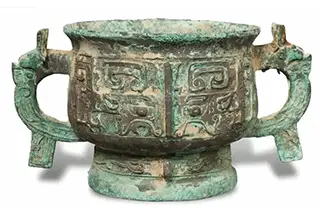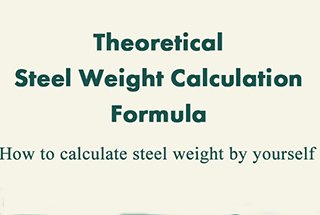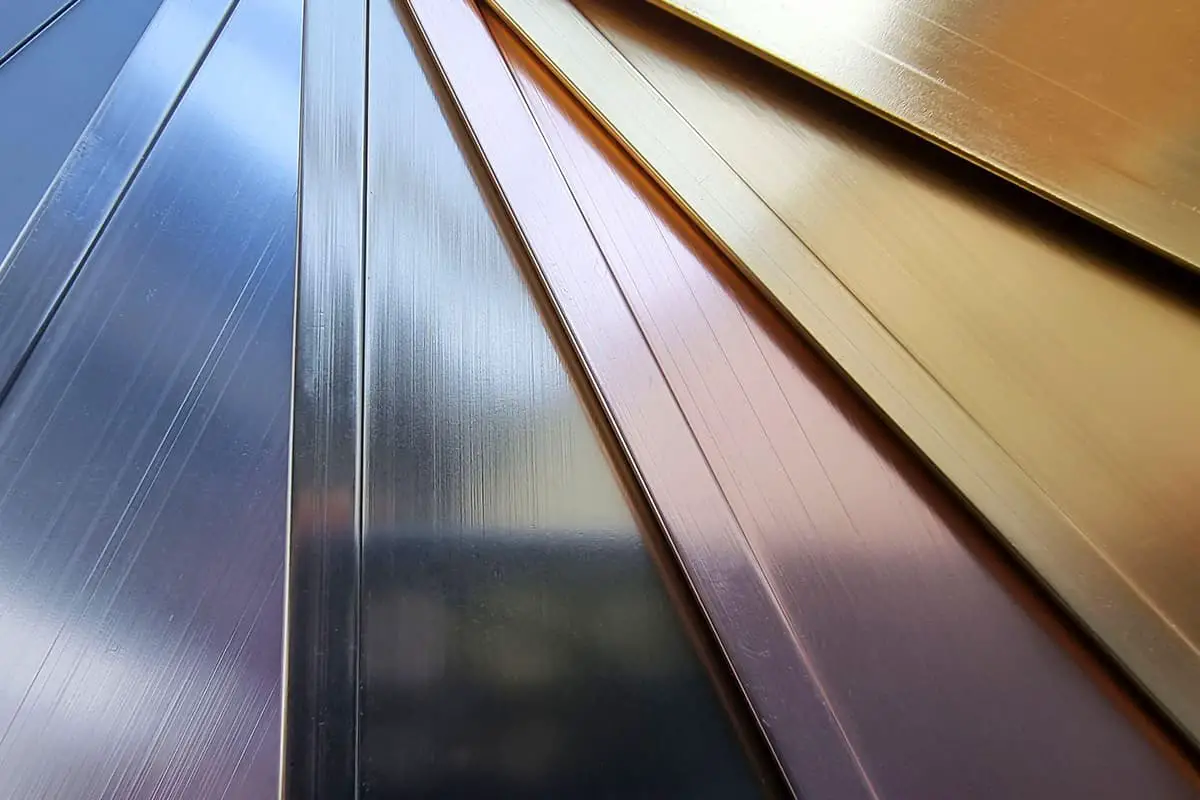
Have you ever wondered about the weight of bronze objects? In this informative blog post, we’ll dive into the world of bronze density and explore how to calculate the weight of bronze items using a handy calculator tool. As a seasoned mechanical engineer with extensive experience in metalworking, I’ll share insights and tips to help you understand this fascinating topic. Get ready to learn how to accurately determine the weight of bronze objects for your projects!

This bronze weight calculator utilizes a standard bronze density of 8.8 g/cm³. However, bronze compositions can vary significantly depending on alloying elements and manufacturing processes. To ensure precision, you can input your specific bronze density in the designated field if it differs from the standard value.
For reference, here are typical density ranges for common bronze alloys:
| Metals | Density g/cm³ |
| Bronze – Lead | 8.2 |
| Bronze – Phosphorous | 8.9 |
| Bronze (8-14% Sn) | 8.15 |
| Manganese Bronze | 8.359 |
| Phosphor Bronze | 8.9 |
These values can fluctuate based on exact composition and processing methods. For the most accurate results, consult your material specifications or perform density measurements on your specific bronze alloy.
For additional metal weight calculations across various alloys and geometries, our comprehensive metal weight calculator is available to assist you with your engineering and manufacturing needs.
Bronze is a versatile and historically significant alloy primarily composed of copper, with the addition of other metals to enhance its properties. Its discovery marked a significant advancement in human civilization, leading to the Bronze Age, a period characterized by the widespread use of bronze for tools, weapons, and various artifacts. The most common alloying elements in bronze are tin, aluminum, and phosphorus. The specific combination of these elements determines the characteristics and applications of the various types of bronze.
Tin bronze, known for its excellent corrosion resistance, wear resistance, and high strength, typically consists of copper and tin, with the tin content ranging from 5% to 20%. Specific examples include:
Aluminum bronze is characterized by its high strength, excellent corrosion resistance, and good wear properties. This alloy is primarily composed of copper and aluminum, with additional elements like iron, nickel, or manganese. Specific examples include:
The specific properties of bronze alloys depend on their composition. Key properties include:
Bronze alloys are used in a wide range of applications due to their versatile properties. Common applications include:
Understanding the different types of bronze and their properties is crucial for accurate weight calculations. The density of bronze varies based on its composition, affecting the overall weight of the material. Accurate weight calculations are essential for various engineering and manufacturing processes, ensuring precise budgeting, material handling, and cost estimation.
By knowing the specific type of bronze and its corresponding density, users can utilize bronze weight calculators to determine the exact weight of bronze pieces, whether they are in the form of bars, plates, tubes, or other shapes. This knowledge is vital for engineers, procurement officers, and manufacturers who rely on precise weight calculations for project planning and execution.
Below are answers to some frequently asked questions:
To calculate the weight of a bronze round bar, you can use the following formula:
where:
Here are the steps to follow:
Alternatively, you can use online weight calculators specifically designed for bronze materials. These calculators will prompt you to input the necessary dimensions and material density, then provide the calculated weight.
When using a bronze weight calculator, you can choose from several types of bronze alloys, each with its unique composition and properties. Some common types of bronze alloys include aluminum bronze, phosphor bronze (tin bronze), silicon bronze (red silicon bronze), bearing bronze, manganese bronze, copper-nickel bronze (cupronickel), and bismuth bronze. Each alloy has distinct properties and applications, making it crucial to select the right one for your specific needs when using a bronze weight calculator.
Using a bronze weight calculator in engineering projects is crucial for several reasons, each of which contributes to the efficiency, accuracy, and safety of the project. Firstly, it ensures precision in weight estimation by taking into account the dimensions and density of the bronze alloy, which is essential for design considerations, material selection, and cost estimation. Accurate weight estimates help avoid costly errors and ensure that the components fit the design specifications perfectly.
Secondly, it aids in cost estimation and budgeting. Many suppliers price materials based on weight, so knowing the exact weight of bronze components helps in financial planning and budgeting, which is particularly important in industries that extensively use bronze, such as plumbing and mechanical fittings.
Thirdly, accurate weight calculations are vital for transportation and logistics. Knowing the total weight of bronze parts helps in choosing appropriate transport methods, avoiding vehicle overloading, and reducing transportation costs, especially when handling large quantities of metal.
Moreover, in terms of safety and structural integrity, accurate weight calculations ensure that structures can support the load without compromising safety. This is particularly important in construction and mechanical applications where the weight of fittings or sculptures needs to be precisely known to maintain structural integrity.
Additionally, a bronze weight calculator aids in effective inventory management by providing precise weight information, which helps in estimating stock levels, reordering needs, and ensuring material availability. This optimizes inventory management and reduces the risk of material shortages or surpluses.
Lastly, bronze weight calculators save time by automating the calculation process, allowing engineers to focus on other critical aspects of the project. This automation streamlines project planning and increases overall efficiency.
In summary, a bronze weight calculator is essential in engineering projects for ensuring precise weight estimation, facilitating cost and transportation planning, enhancing safety and structural integrity, managing inventory effectively, and saving time, thereby contributing to more efficient, precise, and safe engineering practices.
Yes, a bronze weight calculator can indeed account for different shapes and sizes of bronze materials. These calculators are designed to handle various geometric forms, each with its own specific formula to determine the volume and, subsequently, the weight. For instance, for a bronze flat sheet, the weight is calculated using the formula:
(LxWxHxd)
where ( L ) is the length, ( W ) is the width, ( H ) is the thickness, and ( d ) is the density of bronze. Similarly, for a bronze round bar, the weight is calculated using (πx(D2/4)xLxd), where ( D ) is the diameter and ( L ) is the length.
These calculators can also handle more complex shapes such as square hollow tubes, round hollow tubes, square angles, T-bars, and C channels, each with its respective formula. The key variables involved typically include dimensions like length, width, height, diameter, thickness, and radius, along with the material’s density. By inputting these parameters, the calculator determines the volume of the bronze piece and multiplies it by the density to provide an accurate weight. This versatility makes bronze weight calculators a valuable tool for ensuring precise measurements in various engineering and manufacturing applications.
The accuracy of results from a bronze weight calculator is influenced by several key factors. First, the density values of the specific bronze alloy being used play a critical role. Reliable calculators source these density values from trusted references like MatWeb or metal suppliers, ensuring that they are accurate and consistent with industry standards.
Second, the precision of the input data is vital. Accurate measurements of dimensions—such as length, width, thickness, and diameter—are essential, as even small errors can lead to significant discrepancies in the calculated weight.
The calculation formula itself is straightforward: weight is determined by multiplying volume by density and the number of pieces. However, the accuracy of the volume calculation can vary, especially for complex shapes, making it important to use appropriate geometric formulas or tools for such calculations.
Additionally, material tolerances can affect the final weight. Finished bronze pieces may have slight variations in their dimensions and densities, but reputable calculators generally average these values to provide the most accurate estimates possible.
In summary, when using a well-designed bronze weight calculator that employs accurate density values, requires precise input, and accounts for the complexities of the material’s shape, users can expect highly accurate weight estimates. This accuracy is crucial for tasks such as cost estimation, material sourcing, and effective project planning.








